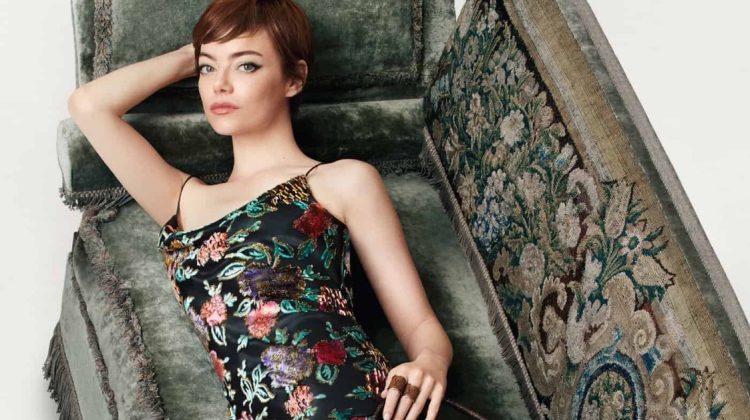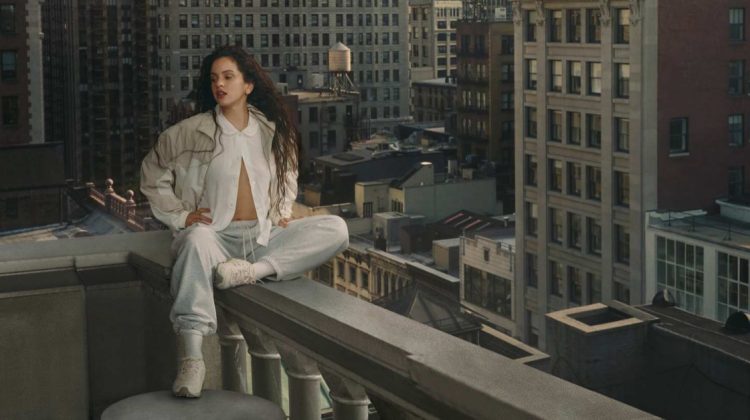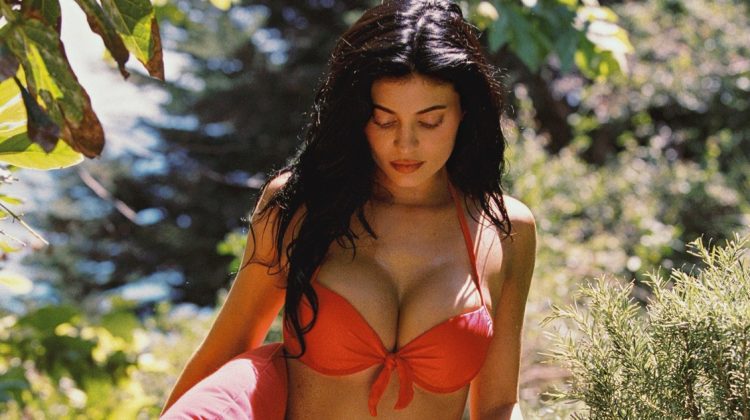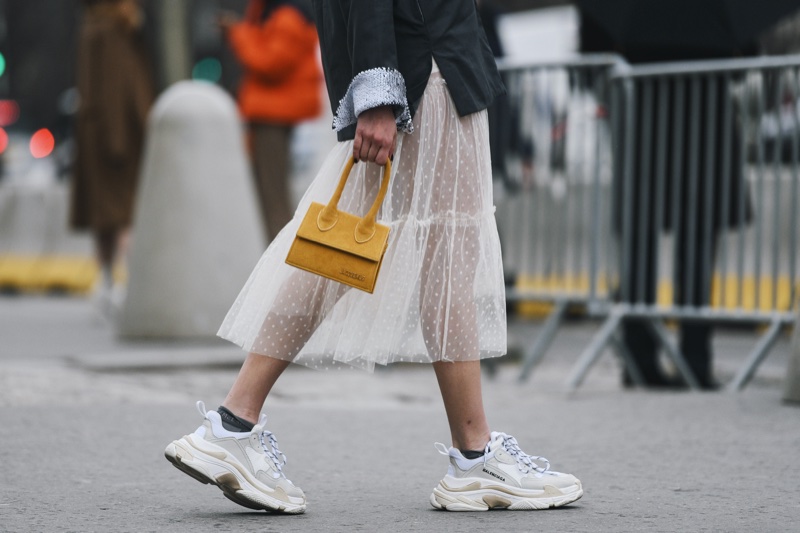
Once upon a time, fashion came with a long list of do’s and don’ts. Don’t wear white after Labor Day, don’t mix prints, never pair gold and silver jewelry, and keep your lounge clothes at home where they belong.
These so-called rules shaped generations of style, dictating what people wore and how they were perceived. But today, that rulebook is gathering dust. Across runways, city streets, and social feeds, it’s clear: fashion has entered a new era. It’s one where individuality overrides tradition, and style is less about fitting in than standing out.
From thrifted mashups to genderless silhouettes and pajama sets styled for brunch, the modern wardrobe is a rebellion against convention. This shift is cultural and goes beyond aesthetic.
Social media, shifting gender norms, and a growing focus on authenticity have torn down the old hierarchies of taste. In their place? A chaotic, creative, and deeply personal style landscape.
The Rise and Fall of Fashion Rules
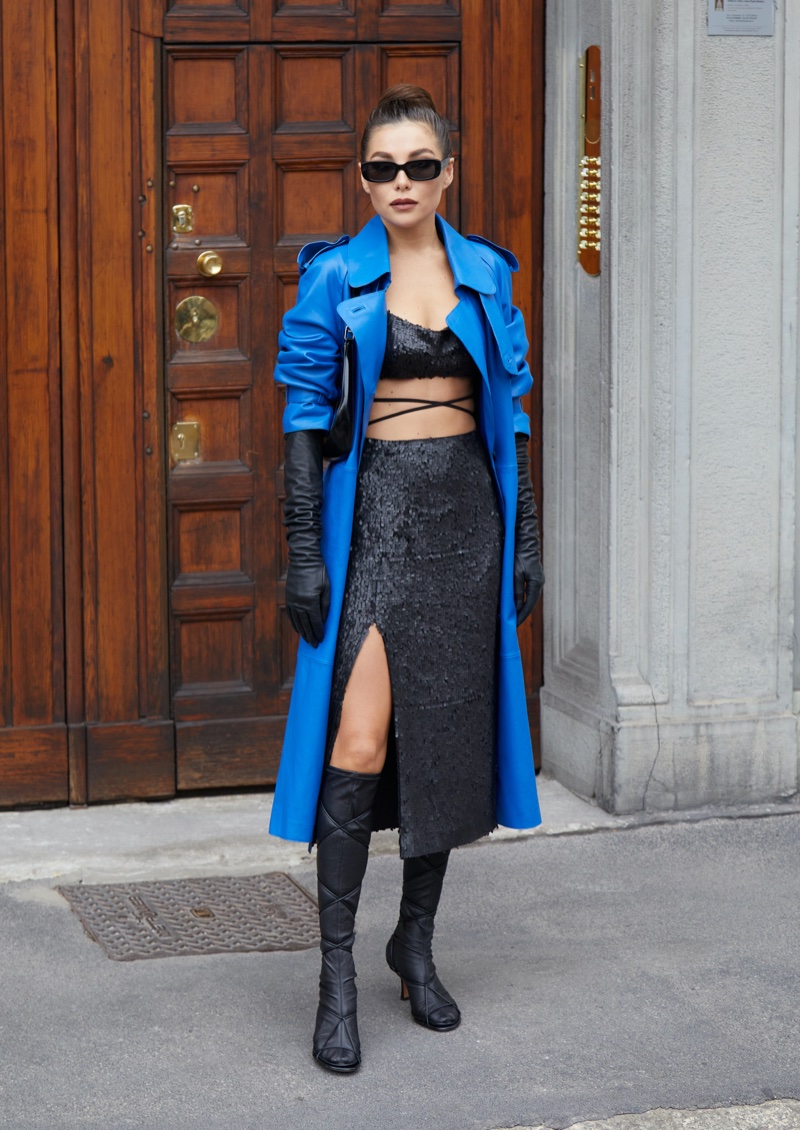
Fashion once thrived on instruction. Rules, spoken and unspoken, formed the backbone of “good taste.” Hemlines rose and fell on schedule, black was for funerals, white was for summer, and mixing prints was considered a beginner’s mistake.
These went beyond aesthetic guidelines. They were social codes, inherited like etiquette and enforced like class markers. But rules age faster than style. What once felt like structure now feels like constraint.
In a world that’s fractured and fluid, fashion’s old commandments of what to wear, when, and how have lost their authority. Today, those once-rigid lines blur under the weight of change.
Identities are less fixed. Trends are less linear. And what we wear no longer channels conformity, it stomps autonomy. Not because the rules no longer exist, but because they no longer hold power.
The decline of fashion rules is a release. It’s a quiet shedding of outdated frameworks to make space for something more personal, and infinitely more interesting.
Know the Rules to Break Them
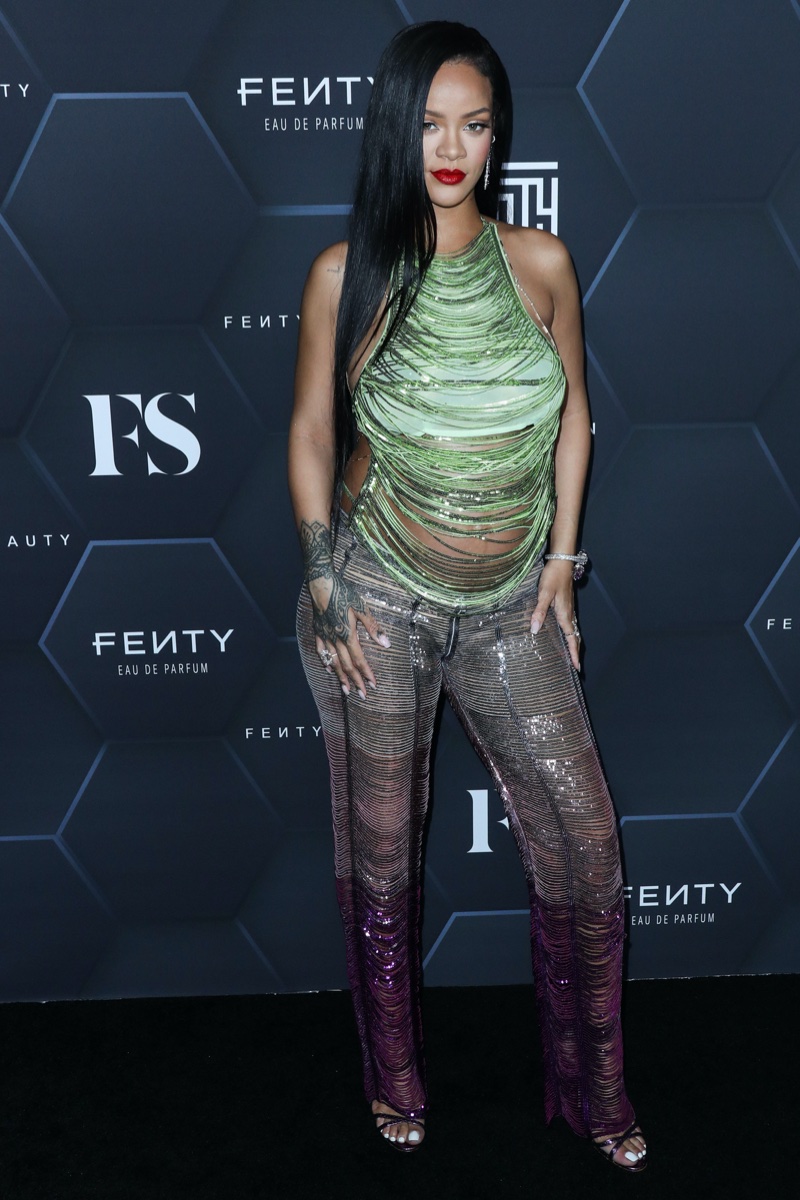
The rulebook may no longer hold sway, but that doesn’t mean it served no purpose. To reshape fashion into something personal and expressive, one must first understand its structure.
Concepts like proportion, balance, and silhouette form the underlying grammar of style. They sharpen your creativity.
Some of the most provocative figures in fashion history didn’t ignore these foundations; they studied them closely. Rihanna reimagines garments by understanding how they’re meant to function, then intentionally shifting that framework.
Alexander McQueen explored tradition not to dismiss it, but to unravel and reconstruct it. Their work resonates because it’s rooted in mastery.
Breaking the rules, in this context, becomes less about defiance and more about depth. There’s intention in the contrast. Like a hoodie worn with a ball gown, or a tuxedo on a woman, when it still made headlines.
These choices succeed because they reject fashion logic, and they respond to it with fluency and insight.
Forces Driving the Shift
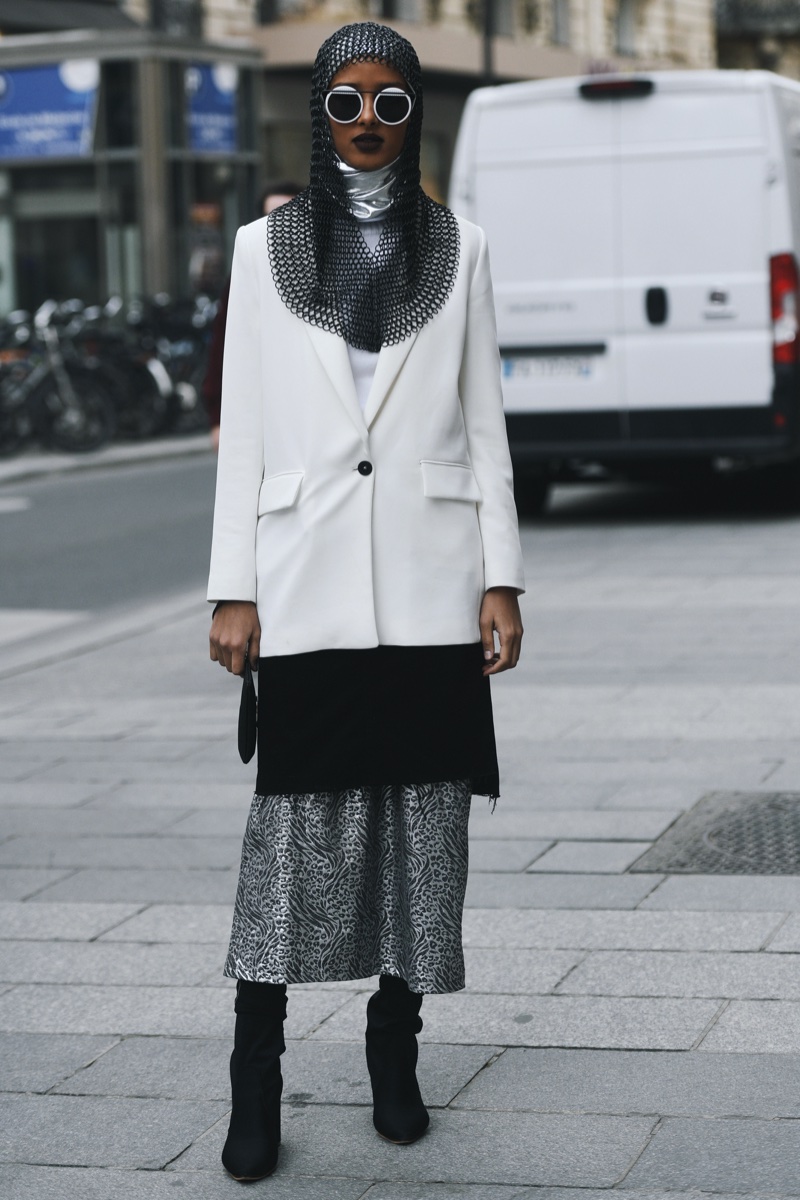
Fashion’s drift away from rules is a response to the current climate. Social media has transformed style from something curated by editors to something lived in real time. Platforms like TikTok and Instagram have turned personal closets into global stages.
One viral video can launch a microtrend, challenge conventional beauty standards, or shift the tone of an entire season. When Emma Chamberlain wears thrifted vintage with luxury labels, or when a niche aesthetic like “blokecore” trends for weeks, it signals a new kind of influence. It’s one driven from the bottom up.
This shift also reflects a broader cultural movement toward fluidity. Gendered clothing categories are blurring, and traditional silhouettes are being reinterpreted. Designers like Harris Reed and brands like Collina Strada are responding to a generation that values identity over definition.
At the same time, growing awareness of fashion’s environmental impact has made secondhand, DIY, and upcycled looks feel not only acceptable but aspirational.
What Replacing the Rules Looks Like
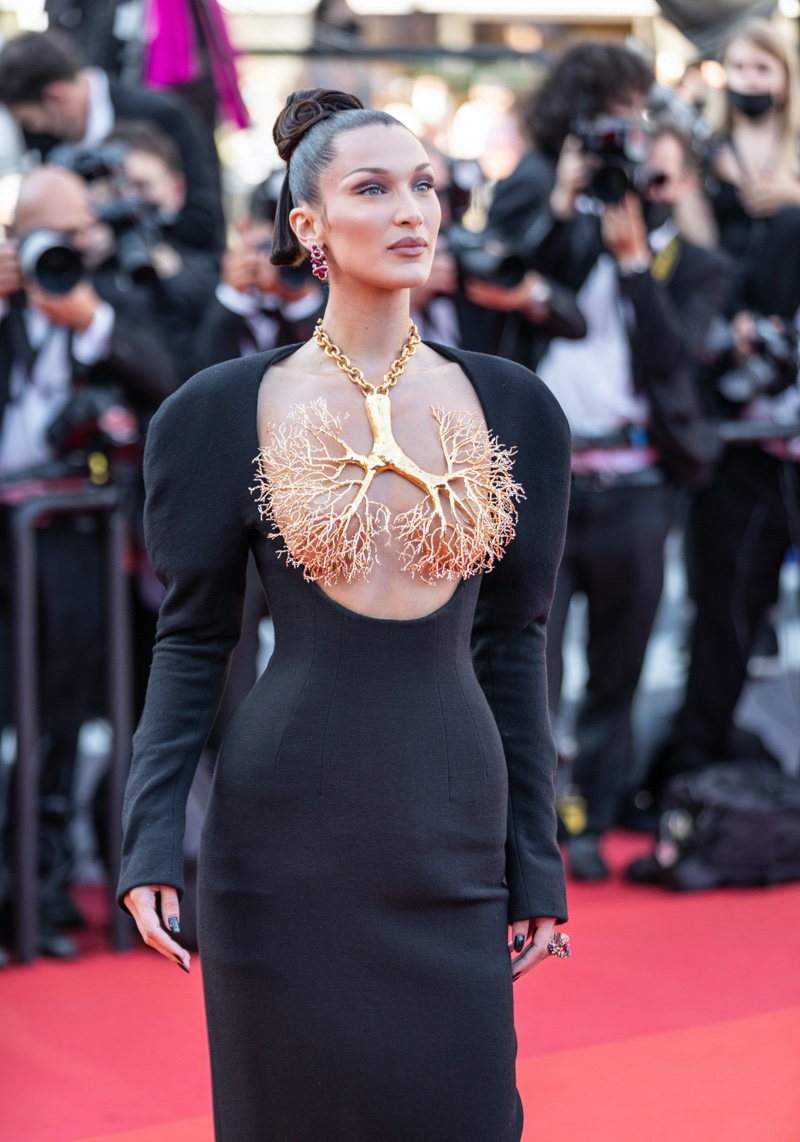
tanka_v / Deposit Photos
As authority dissolves and experimentation rises, what fills the space once held by rules is a new kind of order. Style today is guided less by consensus and more by personal narrative. The question is no longer “Is this fashionable?” but “Does this feel like me?” That shift, subtle as it sounds, has rewritten the terms of taste.
Instead of season-based trends, we now see aesthetic ecosystems. One person might build their look around archival Helmut Lang, another around Tumblr-era indie sleaze, and another from whatever catches their eye at a flea market.
From the structured world of old-money “quiet luxury” to the playful maximalism of stars like Bella Hadid or Doja Cat, fashion is increasingly about world-building, curating a visual language that’s entirely one’s own.
This is what replaces the rulebook: autonomy. Not trend-chasing, but mood-matching.
The New Guiding Principles (If Any)
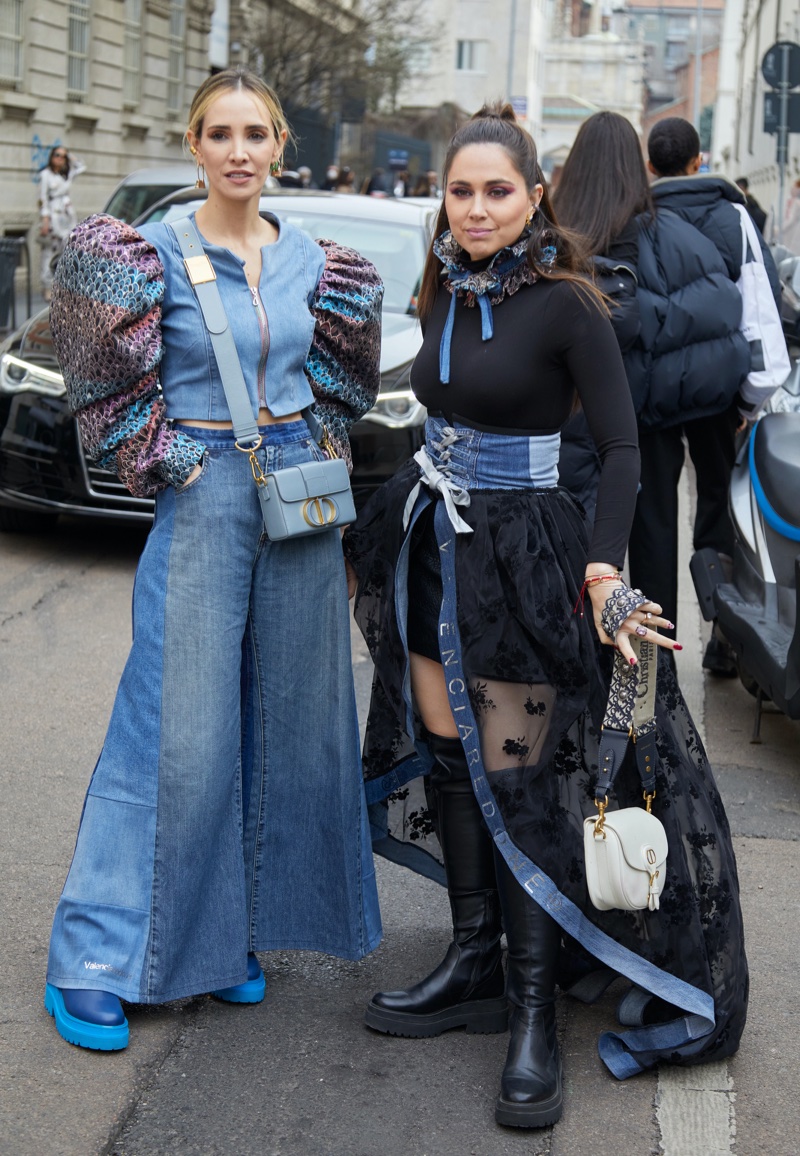
If fashion no longer operates by rules, what does it operate by? The answer isn’t so much a new code as it is a shifting center of gravity. In place of universal standards, we now navigate style through intuition, context, and self-definition.
The most resonant looks are grounded in intention. Confidence has become a key currency. Not in the sense of always being bold, but in dressing in a way that aligns with how you see yourself, and how you want to be seen.
Authenticity has taken precedence over convention. That might mean pairing Crocs with couture, or wearing a thrifted tee to an event lined with designer labels. Creativity, too, has become more democratic.
It’s not just for those with access to runways or mood boards. Platforms like Pinterest and TikTok have made styling a participatory act.
Critics & Challenges
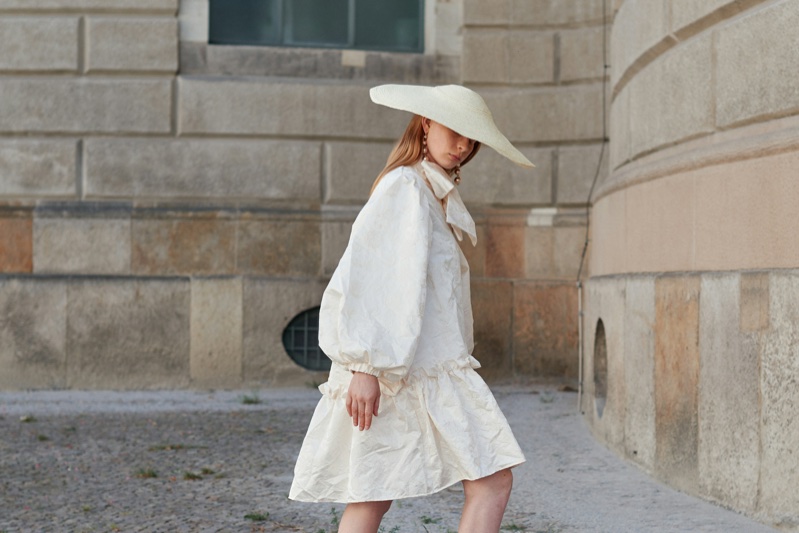
Of course, a ruleless fashion landscape isn’t free from tension. In theory, anyone can wear anything. In practice, freedom isn’t distributed equally. While some are praised for bold self-expression, others, especially those from marginalized communities, still face scrutiny or backlash for the same choices.
The runway may celebrate disruption, but the world outside doesn’t always follow suit. There’s also the question of access. Certain aesthetics are celebrated in this new era. Words like eclectic, vintage, and ironic often depend on time, money, or cultural fluency.
“Effortless” style can, ironically, require deep fashion literacy. What looks like spontaneity is sometimes the result of careful curation, or even algorithmic influence.
And then there’s appropriation. In a remix-driven style culture, the line between homage and theft grows thin. When cultural references become trend cycles, their original meaning can be diluted, even erased.
Fashion may no longer follow fixed rules, but it still operates within power structures. To dress freely in this moment means exploring what’s possible and being conscious of who gets to do it, and why.
